Sabah’s politics has undergone profound changes in the last four years.
To look at the ethnic voting patterns is to appreciate not only Sabah’s uniqueness but also how it has simultaneously mirrored broader shifts taking place in national politics - where the support of different communities cannot be taken for granted and every vote counts.
This 6th article of the series on ethnic voting in GE15 analyses voting behaviour from the polling stations’ results in Sabah, and compares these results to the 2020 Sabah elections and those of GE14.
The analysis focuses on 21 out of 25 seats where scoresheets are available. Four seats have outstanding electoral petitions.
For more on Sabah's previous electoral behaviour, please read my work in Sabah from the Ground, co-edited with Vilashini Somiah and Benjamin YH Loh.
The findings show that ethnic swings were critical in shaping the GE15 electoral outcome in Sabah as new ethnic alignments emerged.
Warisan’s loss of seats and Pakatan Harapan’s gains were tied to changes in voting among different communities, notably the Chinese and Kadazan-Dusun-Muruts (KDM). The data also shows a persistent East-West coast regional split in voting across different ethnic communities.
Comparatively, Gabungan Rakyat Sabah (GRS)/ BN’s support showed more consistency over time, but its support base is also changing, contracting among a number of communities.
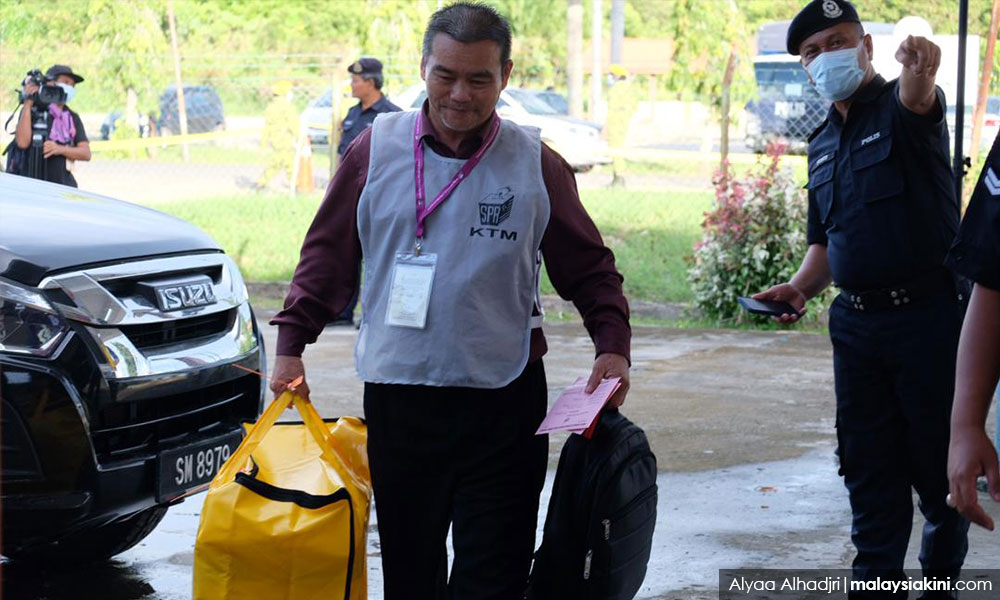
In particular, GRS/BN faces a significant deficit among Chinese voters, as this community concentrated its support towards Harapan as they did in Peninsular Malaysia and Sarawak.
Sabah’s multi-ethnic fabric requires that parties and coalitions garner support across communities. As such, voting patterns indicate that Sabah is less ethnically and politically polarised than other parts of Malaysia.
Having said this, the ethnic polarising rhetoric of the campaign in Peninsular Malaysia did impact results in Sabah in close races, contributing to Harapan victories similar to what happened in Sarawak in Christian areas and boosting GRS/Umno’s performance by bringing out more Malay voters to the polls.
Sabah analysis in context: Power of local and personality
Sabah is special – its politics are not the same as Peninsular Malaysia and are distinct from that of Sarawak.
While Sarawak played a role in the Sabah GE15 campaign, with different coalitions in Sabah competing to be the perceived strong “Gabungan Parti Sarawak (GPS)” of Sabah, the dynamics on the ground shaping voting are highly localised.
Personality politics (and often the resources of some personalities) are still pervasive in Sabah. In choosing their national representation in GE15, Sabahan considerations were shaped by local ties and realities.
Ethnic voting in Sabah is shaped by a combination of local and national considerations. Voters are concerned about having a representative that they can reach out to for assistance, and here - shared ethnic ties matter.
At the same time, ethnic politics in Sabah has its own pattern, and regional differences where appeals are shaped by how communities have pitted against each other over issues such as displacement and place in Sabah.
Here salient issues of migration and Sabah’s changed ethnic composition matter. Additionally, there is awareness of the ethnic divisions nationally, notably religious mobilisation, concerns with extremist rhetoric and religious rights.
Unlike GE14 where state rights dominated that campaign in Sabah, the GE15 ethnic voting patterns suggest that a combination of local, state and national factors influenced outcomes. Arguably, more than anywhere in Malaysia, local conditions and candidates were salient.
Of all of Malaysia, Sabah had the most vibrant level of competition, with three (and sometimes four) different coalitions and powerful local independent candidates.
The coalition composition was not Harapan/BN/PN but Warisan/Harapan/GRS/BN. Half of the seats in Sabah (and Labuan) were won by small margins of less than 10 percent, a testimony to the closeness of races in contests where the votes were divided among multiple contenders.
Diverse, growing electorate
The competition was accentuated by a large number of new voters. Sabah’s had a sharp increase in voters with 600,000 voters added to the roll due to Undi18 and automatic voter registration - from 1.1 million to 1.7 million.
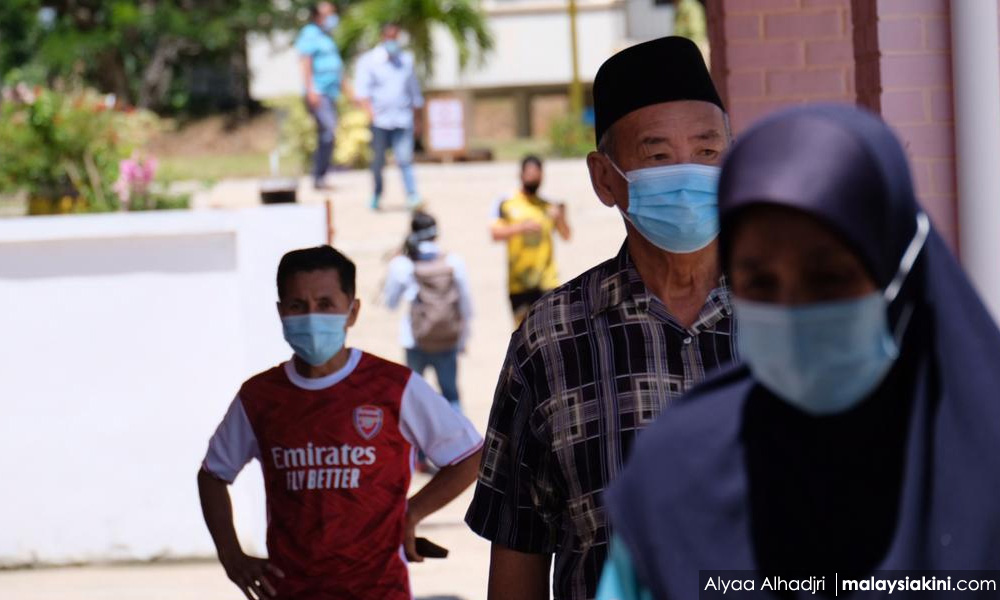
This increase, in part, helps us understand the lower voter turnout in GE15, detailed below.
My ethnic voting analysis focuses on the main communities in terms of numbers – Chinese, Kadazan-Dusun, Muruts, Bajau (both those on Sabah’s east and west coasts, although they are different), Malays (including Brunei Malays), and other communities (comprising over 40 different groups among the largest are Bugis, Rungus, Sungai, Suluk, Kedayan and Bisaya).
It is important to understand that ethnic identity in Sabah is complex and intertwined, with the largest share of intermarriage.
Most Sabahans do not think of themselves in the ethnic rubrics of Peninsular Malaysia or relate to the same ethnic Malay/non-Malay rhetoric. Sabahans experience multiple levels of displacement/debates about empowerment vis-à-vis Peninsula Malaysia and Sabah - and within Sabah itself.
The national ethnic issue that had the most salience among Sabahans was the religious rhetoric of GE15. Sabah, like Sarawak, has a large share of Christians, a quarter of the population.
A look at turnout
Also like Sarawak, Sabah has among the lowest electoral turnout nationally. In GE15, overall voter turnout in Sabah dropped from 76 percent in GE14 and 67 percent in 2020 to 64 percent in 2022.
This lower percentage signals more voters going to the polls, but reinforces the point made earlier in the series for the Election Commission (EC) to improve voting options for those away from home on polling day.
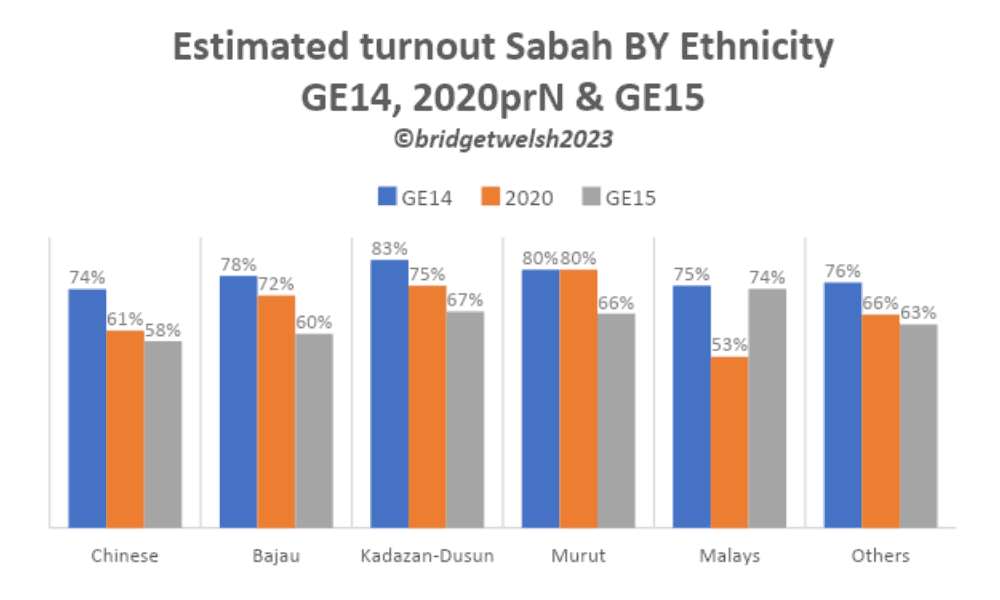
Of the different ethnic communities in Sabah, the Chinese had the lowest turnout, a drop to an estimated 58 percent.
This was closely followed by the Bajau at an estimated 60 percent, a drop of an estimated 12 percent. The largest drop was among the Murut to an estimated 66 percent, down an estimated 14 percent. Other communities had minor turnout drops.
The exception to this was the Malays, where turnout increased to an estimated 74 percent, on par with GE14, and an estimated increase of 19 percent.
This Malay gain in turnout contributed to Umno’s victory in Putatan, for example. To appreciate how important turnout was in the Sabah results, one needs to appreciate that eight seats would have been swayed by small shifts in turnout, from Tenom to Tawau.
Warisan waning, Harapan gains
The biggest shift in performance was the loss of Warisan seats from eight in GE14 to three seats. The ethnic voting data helps us understand the shift, as two groups moved their support away.
First, it’s the swing among Chinese Sabahans. Warisan only captured an estimated 10 percent of their support as the remainder stayed with Harapan.
The separation from Harapan and bad blood with DAP, feeding distrust, resulted in Warisan’s collapse of Chinese Sabahan support. Harapan won an estimated 85 percent of Chinese Sabahan voters.
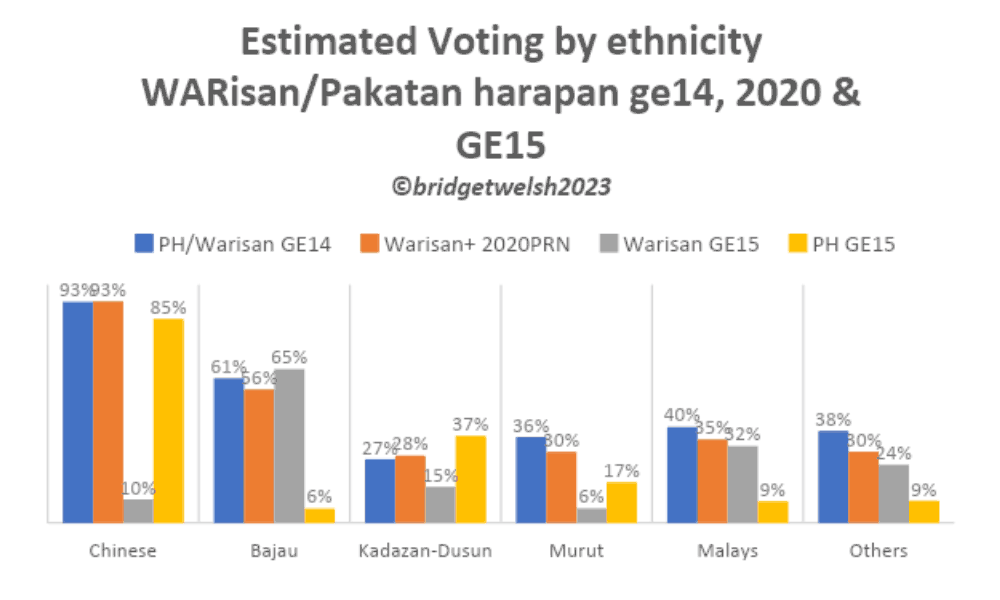
A second group that left Warisan were the KDM. Support among Kadazan-Dusun almost halved, from an estimated 28 percent in 2020 to an estimated 15 percent.
The slide was steeper among Muruts, from an estimated 30 percent to an estimated six percent.
Warisan was able to hold onto Malay support, with a small decline among other communities. It gained support among Bajau, an estimated nine percent. The Bajau remain the strongest supports for Warisan, especially those along the east coast.
Harapan on its part lost electoral support from Bajau, Malays and other communities while winning over more of the KDM community.
In fact, without Warisan, KDM support was higher for Harapan, reaching an estimated 37 percent. Behind the shift in KDM support is resentment about displacement due to illegal migration and distrust of Warisan among the community that was played upon in earlier elections.

As noted, Sabah has its own unique ethnic divisions in voting centred around the power and emotive displacement of local communities, with a divide between east coast communities where Warisan performed well and those on the west, where many KDM communities are concentrated and Harapan made vote gains.
Upko’s leadership regeneration and mobilisation around national attacks on Christianity boosted Harapan’s performance among KDM compared to earlier polls as evident in the victories of Penampang and Tuaran.
The swings of the two communities Chinese and KDM underscore the seat outcomes of Warisan and Harapan.
GRS and BN holding on
While Chinese Sabahans overwhelmingly voted for Harapan, the KDM community was more split. They also voted for independent candidates and parties in Hajiji Noor’s GRS coalition, such as Star in Keningau. GRS/BN won an estimated 36 percent of the KDM vote.
GRS won six seats in GE15. The coalition emerged after the 2020 polls, joining parties supporting Muhyiddin Yassin’s leadership at the time, and became its own coalition in March 2022.
While Umno has since split with Hajiji’s government earlier this year, GRS was allied with BN (except in one seat which is Beluran). Due to these ties in 2020 and 2022, the analysis of these two coalitions is tied together.
The ethnic voting findings suggest that GRS/BN maintained support levels across communities of earlier elections, notably among Malays, other communities and Chinese (low support), but levels of support among KDM dropped, with KDM support declining from an estimated 19 percent and 10 percent, respectively, in 2022 compared to 2020.
There was also a significant decline in Bajau support, an estimated 15 percent. GRS’ cross-ethnic appeal is not as strong as it was in 2020.
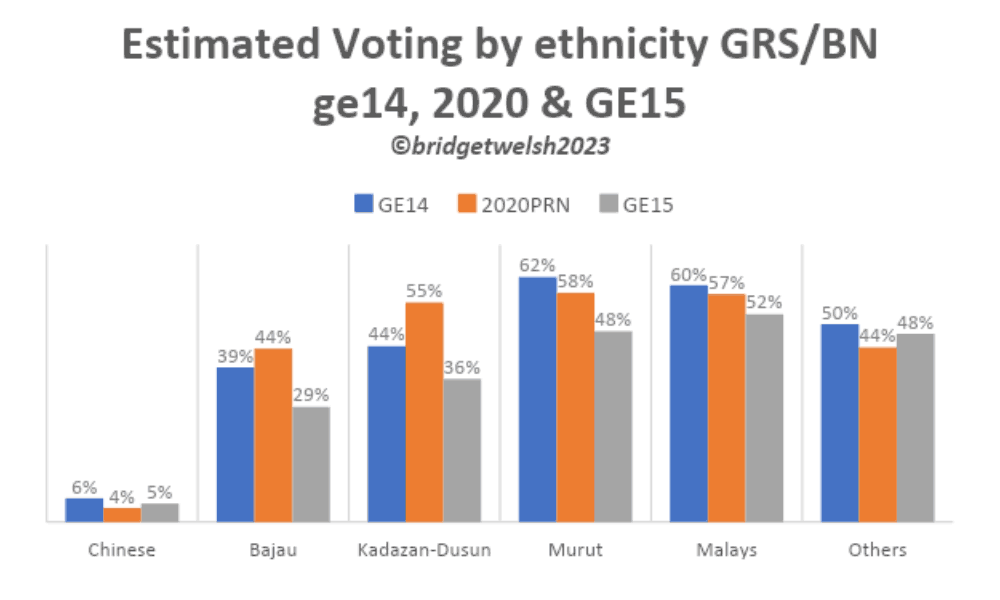
Leave no Sabahan behind
How then should ethnic voting in Sabah be understood?
No question there is greater fragmentation, as the intense competition and different ethnic loyalties on multiple levels contributed to multiple parties/coalitions winning support.
A mix of local, state and national factors shaped the outcomes, with ethnic issues playing out differently across seats in Sabah and differently in the region compared to the rest of Malaysia.
The ethnic voting patterns show that Sabah coalitions vary in their appeal across local communities. Some parties/coalitions are holding on while others are facing different electoral fortunes.
There are also new ethnic alignments, persistent regionalism within Sabah and less ethnic polarisation compared to the rest of Malaysia.
Sabah’s political history shows long-standing divisions and patterns of changing political fortunes. These divisions have long been played upon. The prospect of further swings ahead is ever-present.
READ : GE15 ethnic voting analysis - Part 1: An introduction
READ : GE15 ethnic voting analysis - Part 2: Who voted?
READ : GE15 voting analysis - Part 3: Hidden, pivotal Indian swing
READ : GE15 voting analysis - Part 4: The Chinese Pole
READ : GE15 voting analysis - Part 5: Sarawak electoral swing
After all, Sabah led the battle against Umno in the 1980s through the 1990s…and swings in 2018 were crucial for the formation of the Dr Mahathir Mohamad-led Harapan government. Sabahans have long shown they will take risks and change loyalties; they will do what they need to survive as minorities within minorities, a place (still) unfairly treated as secondary on the national stage.
From GRS, Umno-Sabah, Harapan-Sabah and Warisan, Sabah support from multiple parties is essential for Anwar Ibrahim- led government’s survival. The practice (so far) has been to reward coalitions with the highest number of seats to national power and to feed divisions within Sabah.
The ethnic voting findings point to the need for a new approach, a genuinely more inclusive approach that includes more meaningful representation for all Sabah parties and one that does not undercut individual representatives by slashing constituency funds which are needed for Sabah’s many different struggling local communities.
The need to work through multiple local partners to reach Sabah’s different communities is real. This engagement needs to extend beyond the political elites to other local representatives.
Most essential of all is an approach that meaningfully draws attention to the issues Sabahan’s are facing as they struggle to survive. This has been lacking.
Sabah’s elite political fragmentation has meant that plural voices calling out for better governance and representation are being ignored.
The GE15 results show Sabahans repeatedly vote for change, take risks and swing electorally; they are still waiting and hoping for that change. - Mkini
BRIDGET WELSH is an honorary research associate of the University of Nottingham, Malaysia’s Asia Research Institute (Unari). She is also a senior research associate at the Hu Fu Centre for East Asia Democratic Studies and a senior associate fellow of The Habibie Centre. Her writings can be found at bridgetwelsh.com.
The views expressed here are those of the author/contributor and do not necessarily represent the views of MMKtT.



No comments:
Post a Comment
Note: Only a member of this blog may post a comment.